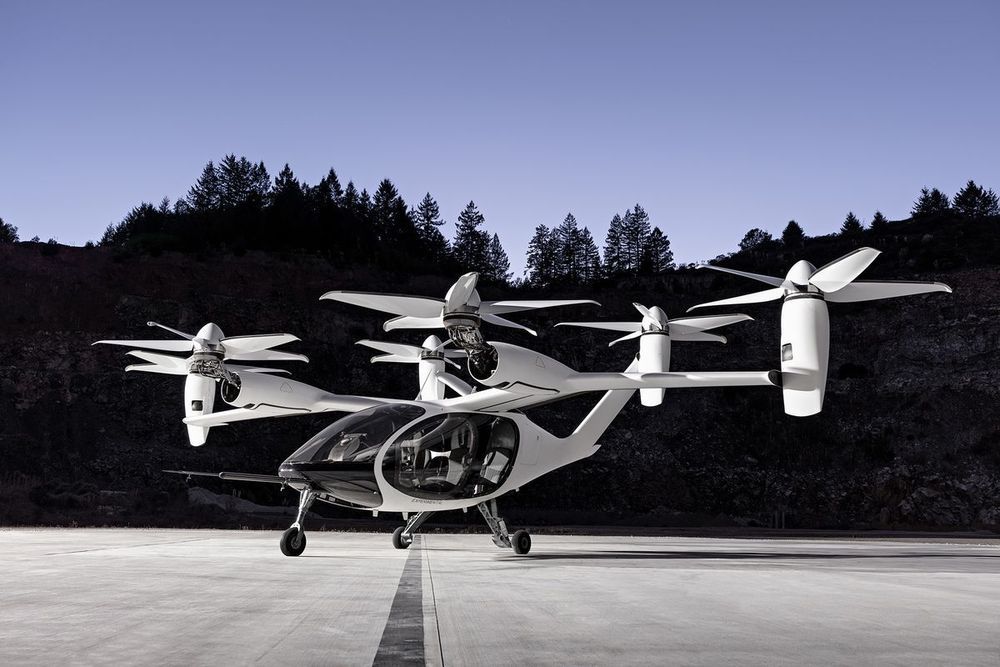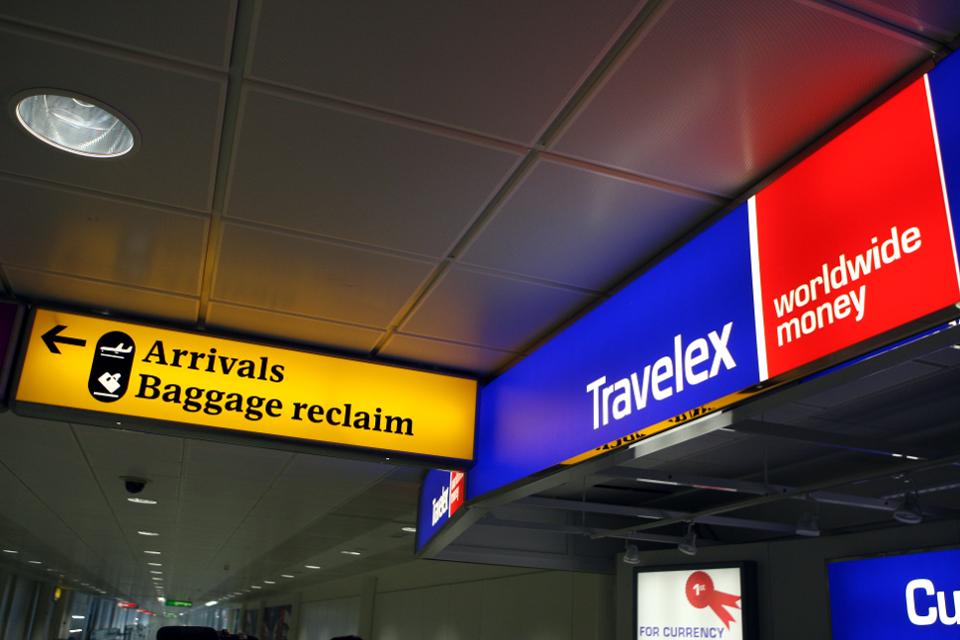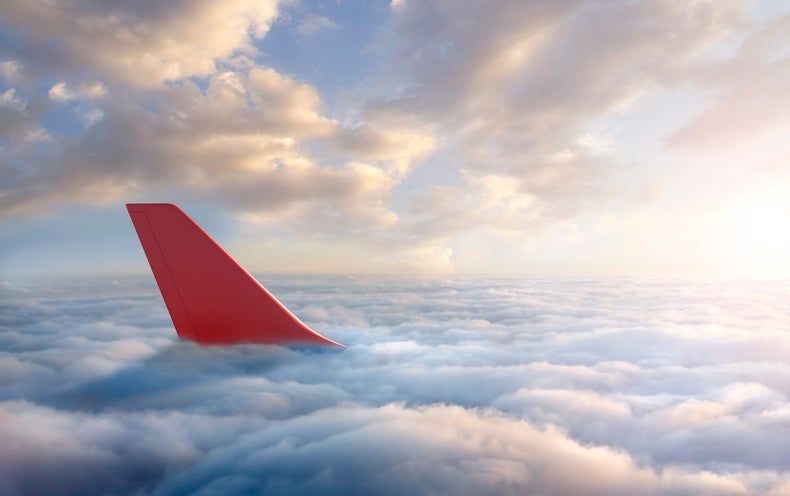Ride-sharing company hopes the vehicle is the future of transportation.


https://www.youtube.com/watch?v=fzsteGTpbLQ
For all its pure-electric acceleration and range and its ability to shapeshift, the Hypersport motorcycle shown off last week at CES by Vancouver, Canada-based Damon Motorcycles matters for just one thing: It’s the first chopper swathed in active safety systems.
These systems don’t take control, not even in anticipation of a crash, as they do in many advanced driver assistance systems in cars. They leave a motorcyclist fully in command while offering the benefit of an extra pair of eyes.
Why drape high tech “rubber padding” over the motorcycle world? Because that’s where the danger is: Motorcyclists are 27 times more likely to die in a crash than are passengers in cars.
Here’s the Hummer HX electric SUV/truck. It’s envisioned as being able to compete with and beat the Tesla Cybertruck, but can Hummer really make a comeback?
The Hummer HX is a two-door off-road concept compact SUV that was revealed at the 2008 North American International Auto Show by General Motors. It has now resurfaced as the possible design direction GM will take with the upcoming electric Hummer.

The LiveWire may have been Harley-Davidson’s first foray into electric motorcycles, but it certainly wasn’t its last. And taking a look at the next Harley-Davidson electric motorcycle in the works may help lend some insight into the direction this legacy motorcycle manufacturer is headed.

Thousands of Australians appear to believe lasers and exploding smart meters are being used to start our bushfires to make way for a new train network.
A Storyful investigation with news.com.au has found the conspiracy theory has spread far and wide on social media — with “directed-energy weapons” (DEWs) posts being shared tens of thousands of times in the past few weeks.
Those who believe the theory say the bushfires in this unprecedented season are being started using weapons which harness the focused power of technology such as lasers or microwaves.
Tesla vehicles are apparently going to talk to people not only inside the car but also outside. CEO Elon Musk even released a quick preview video.
It’s no secret that Tesla wants to use more artificial intelligence in its business.
Two years ago, Tesla hired Andrej Karpathy to lead its computer vision and AI team and they have been expanding their team since then.



Originally a bunch of children’s toys, then comic books, cartoons and movies, robot action figures than morph into vehicles and back again have proved immensely popular over the years. After a successful Kickstarter last year, Robosen Robotics has launched the T9, a robot that transforms into a vehicle through voice commands or via an app.
There are many Transformer-like robot toys already available, but most require the user to manually change the thing from action figure to vehicle, animal, device or whatever, and back again. Like the bots from the cartoons and movies, the T9 is an actual transforming robot designed to stimulate a child’s interest in programming, robotics and artificial intelligence.
The T9 is claimed to be the first robot in the consumer space that can automatically move from vehicle to robot and back again, can walk on two legs when in robot form, race on its wheels when in vehicle form, involves coding and program development, and can be controlled by voice commands or through a mobile app. It can even bust some funky dance moves if you want it to.